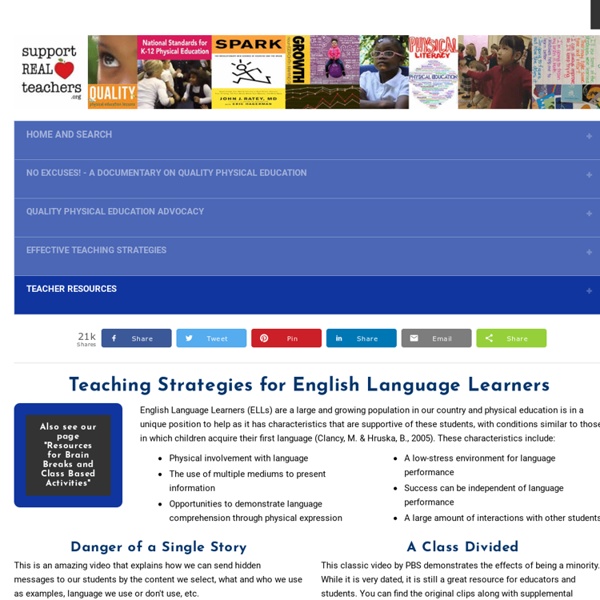



Grammar The biggest mistake people make when learning a language is translating expressions or sentences directly from their own language into English. English grammar is completely different from your language. Here, I focus on specific problems people have with English grammar. Parts of speech: VerbsUnderstanding Verb FormsHave or Have got? Modal VerbsUsing ‘Could’ to Guess InformationWould = Used to NounsCompound Nouns Articles: Indefinite vs. definite articles Articles: ‘A/An’ = One (of something) Articles: When NOT to use ‘the’ Proper Nouns: Why is it ‘the Grammys’ and not ‘the Grammies’? AdverbsUnderstanding So and Too – intensifiers *this also includes such, so much, so many, too much and too many! Conjunctions Using ‘as if’ as a conjunction and exclamation!
Learn English Grammar Step by Step:Learn English Grammar Grammar is the set of rules that govern the usage of English language. A strong grasp of English grammar is therefore of the greatest importance. Most non-native English speakers make grammatical mistakes while speaking in English. Improving grammar takes time and effort but it is well worth it. Here are some tips which will help you improve English grammar Understand the building blocks of grammar As a first step, it is important to know the different building blocks of grammar like nouns, pronouns, articles, adjectives, verbs, adverbs, prepositions, conjunctions and interjections. Pay attention to sentence structures When you read an article or watch a movie, it is important to pay attention to how sentences are constructed. Practice when you can This tip can never be overemphasized. Grammar exercises will help you Try doing different grammar exercises and find out your weaknesses. Find a mentor Many learners have improved their grammar working with a mentor. Join a course Grammar Lessons
Grammar Welcome to EnglishClub Grammar for English learners. Many of these grammar lessons also have quizzes to check your understanding. If you still don't understand something, feel free to ask a question at the Grammar Help Desk. grammar (noun): the structure and system of a language, or of languages in general, usually considered to consist of syntax and morphology. What is Grammar? Grammar hot links Verbs | Passive voice | Modal verbs | Conditionals | Questions | Irregular verbs | Going to | Gerunds | Phrasal Verbs | Tenses | Nouns | (Un)Countable nouns | Adjectives | Articles | Preposition List English Grammar Terms (long version) English Grammar Terms (short version) The 8 English Parts of Speech These are the words that you use to make a sentence. Improve your grammar with MyEC! Our MyEnglishClub video mod spends time every day tagging videos that can help you with grammar. Grammatical Category Including number, case, gender, tense, aspect etc. What Is A Sentence? Reported Speech
ESL Teacher Handouts, Grammar Worksheets and Printables Free English grammar and vocabulary worksheets and printable handouts, for English language and English as a Second Language (ESL) teachers and instructors to use in the classroom or other teaching environment. Get our ESL handouts newsfeed: Beginner English Handouts Adjectives and Adverbs Articles Comparatives & Superlatives Conjunctions Determiners A, An, Some or One (8) General Modals Must & Can (10) Nouns Parts of Speech Prepositions Present Simple Pronouns Pronunciation Pronunciation of 'th' (10) Questions Relative Pronouns Relative pronouns- Which & Where (10) Since and For Some & Any Spelling and Punctuation Syllables How many syllables? Verbs and Tenses Vocabulary Intermediate English Handouts Conditionals Direct & Indirect Speech Indirect speech (15) Future Forms Gap Filling Gerunds and Infinitives Idioms Singular & Plural- Noun + Noun (10) Passive Past Simple Phrasal Verbs Prefixes & Suffixes Suffixes: -dom, -hood, & -ship (10) Present Perfect Question Tags Indirect Questions (10) Which syllable is stressed? Collocation
English Grammar Blog - Stay posted when grammar rules change! (Almost) Infinite ELT Ideas | Collaborative idea generation for ELT DUST Views from the Whiteboard | Classroom activities and thoughts from Andalucía Movie Segments for Warm-ups and Follow-ups Teaching Writing and Learning With Graphic Organizers For some reason, writing tends to be the task many students dread the most. As a result, teachers are always on the lookout for ways to make the assignment more enjoyable – or at least less despised! Incorporating graphic organizers into the writing and learning process is a great way to get students to think outside the box and engage more willingly in the process. What Are Graphic Organizers?A graphic organizer is a visual aid that helps depict the correlation between ideas, facts, or concepts. The most common visual learning strategies are concept mapping, webbing, and mind mapping. Concept Mapping A concept map creates a visual representation of the relationship between ideas. Webbing By creating a web, students will see how their central idea is linked to supporting details. This brainstorming process is perfect for launching a writing project. Mind Mapping A mind map is the visual representation of hierarchical information. How Can Graphic Organizers Help Educators Teach?